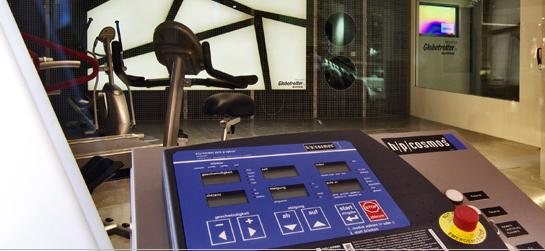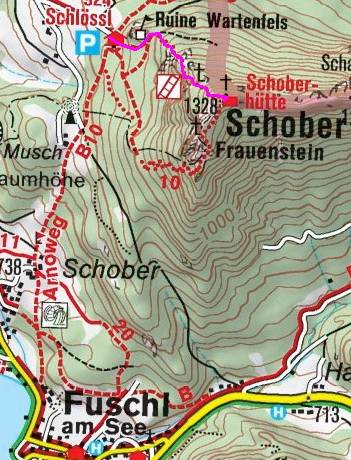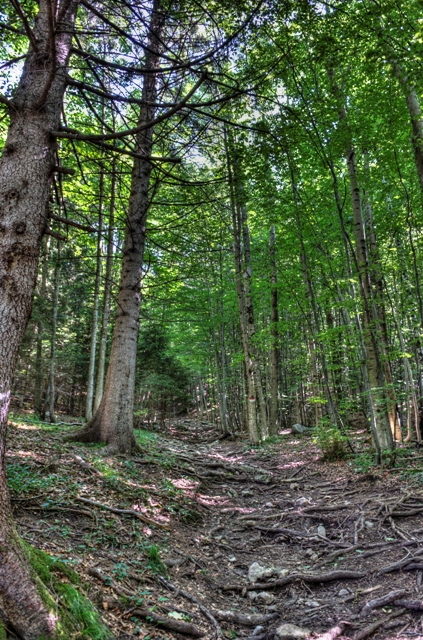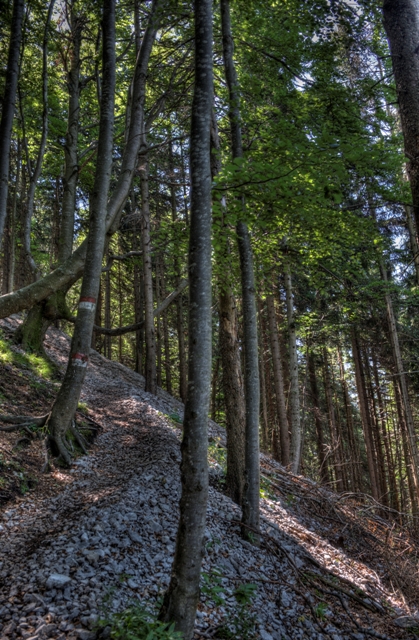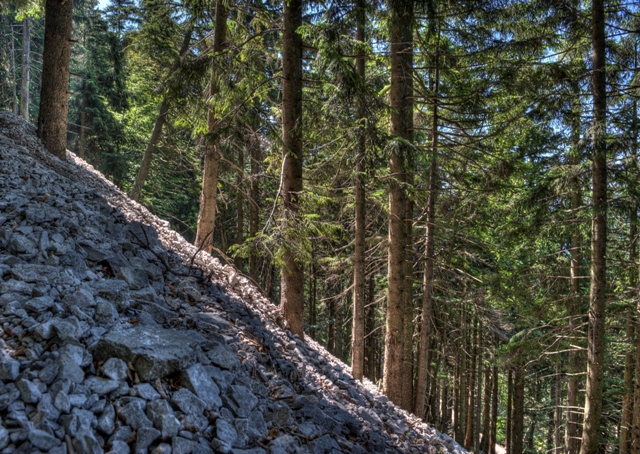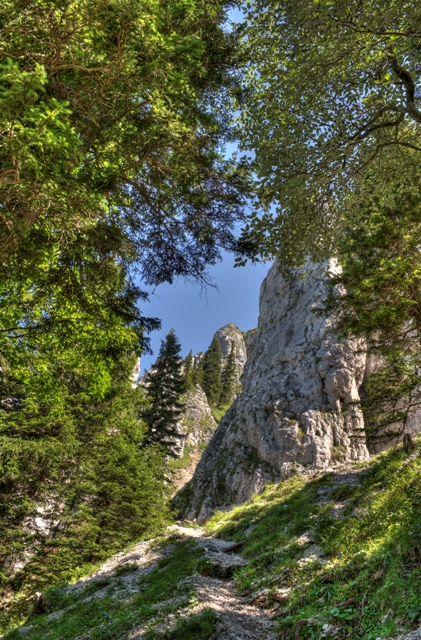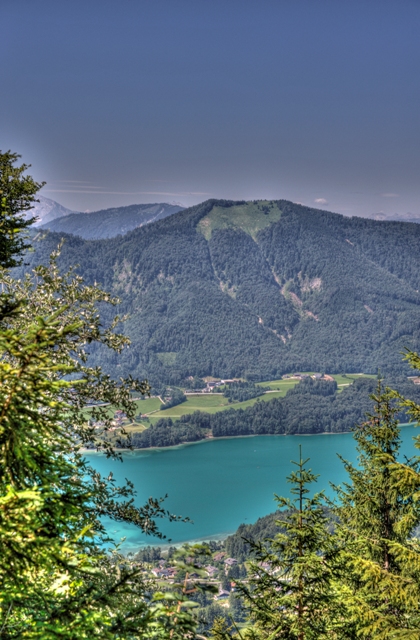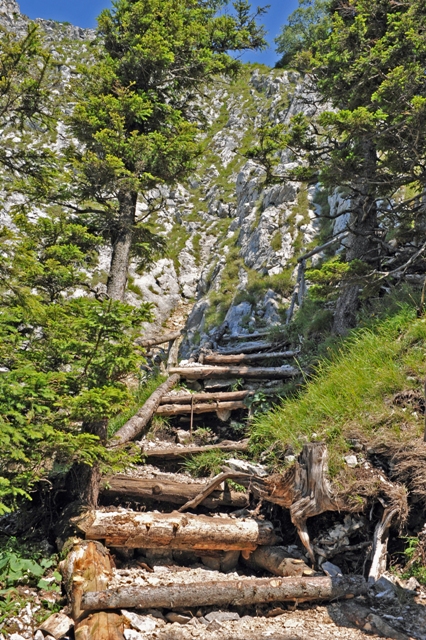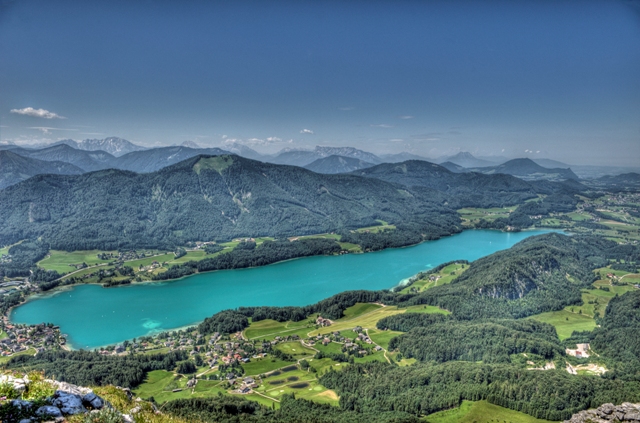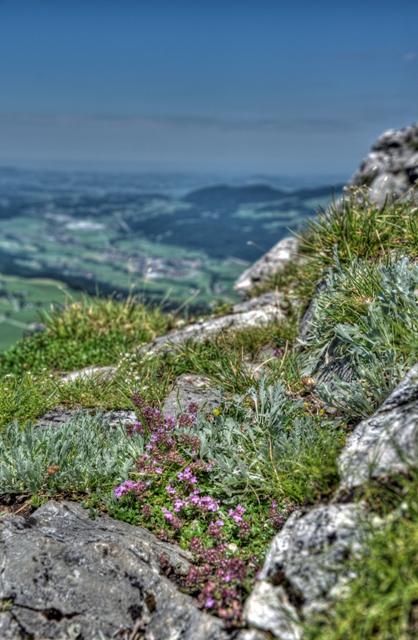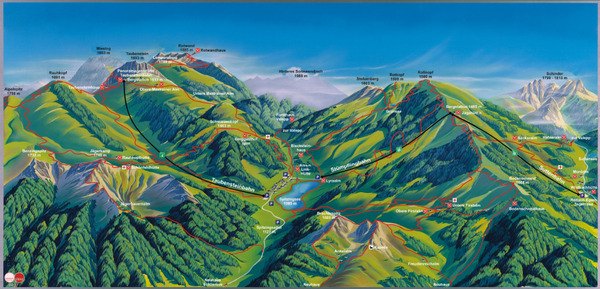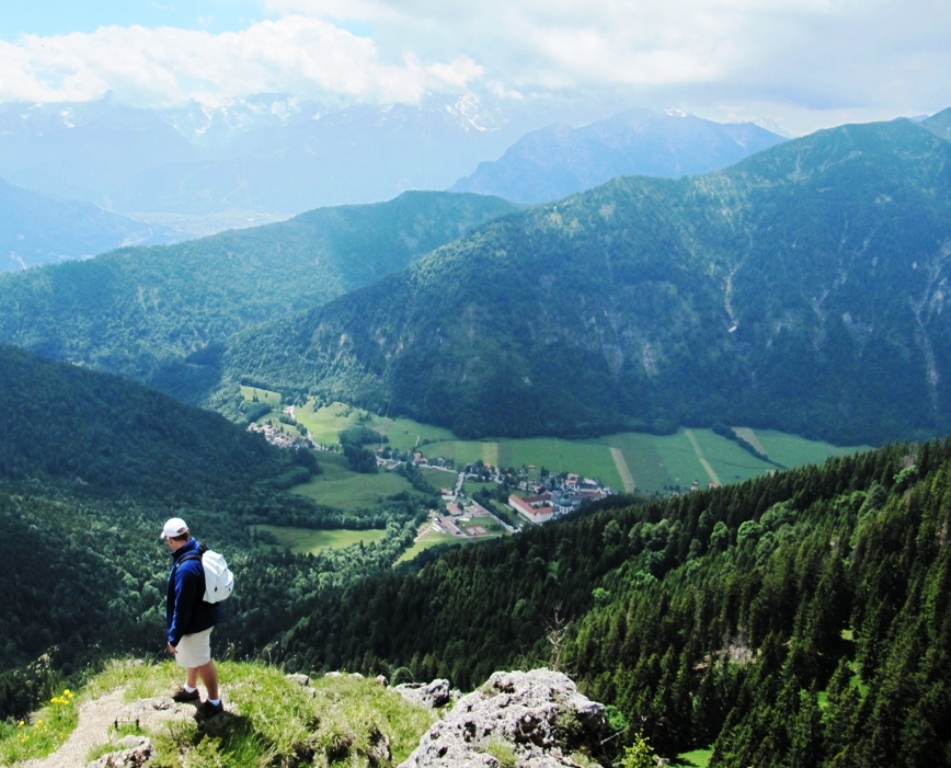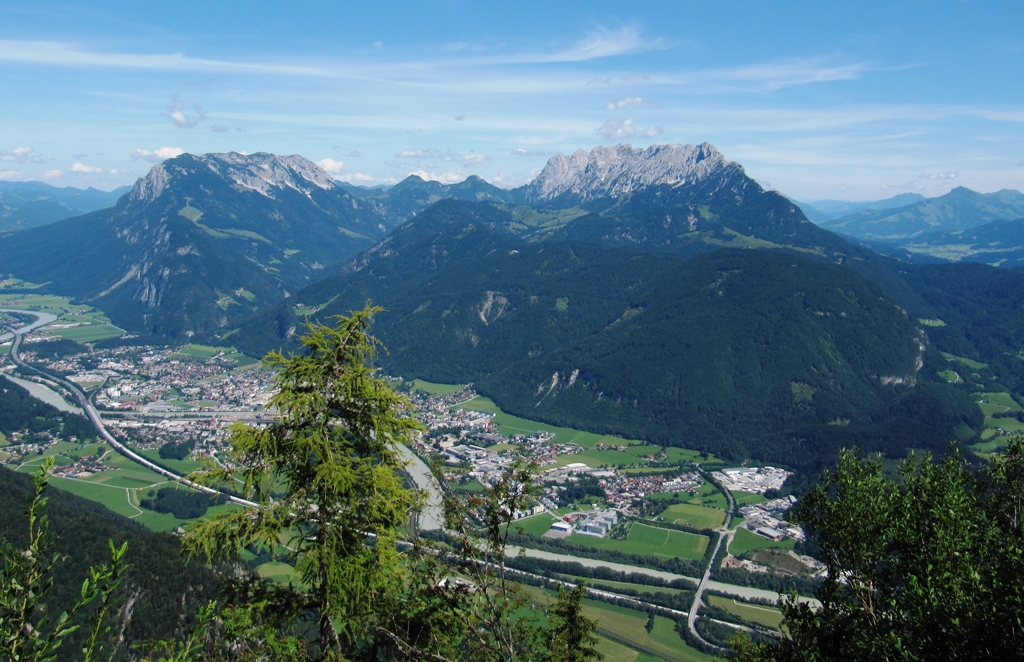Munich Day Trip - Hiking in Murnau
 Sunday, January 22, 2012 at 13:00
Sunday, January 22, 2012 at 13:00 In late November, we attended a suprise party for a friend in Munich. As part of the surprise, we used the pretense of hiking to get him and 3 sons out of the house while his wife and other son prepared for the party.
(I must admit here that we were an hour late getting him back, since he'd promised the boys we'd stop for ice cream and we didn't know how to hurry everyone along without ruining the surprise. Besides....ice cream!...)

Murnau lies just 70km from Munich (less than an hour), near Staffelsee. There are several Rundweg in the area (hikes where you can circle back to your starting point), ranging from the 4 and 5 km walks like the Höhlmühle-Rundweg to the 20.5 km Staffelsee-Rundweg that circles the lake. Most of these are not strenuous hikes nor have great changes in elevation, so they're good options for families with small children or for a day when you want a relaxing excursion into nature.
 We chose the 5.9km Drachenstich-Rundweg,which offers a walk through Murnau, along the banks of the Staffelsee, across the Murnau Moor and down a small gorge. The circuit takes its name from the dragon that legend holds lived in the gorge and feasted on maidens.
We chose the 5.9km Drachenstich-Rundweg,which offers a walk through Murnau, along the banks of the Staffelsee, across the Murnau Moor and down a small gorge. The circuit takes its name from the dragon that legend holds lived in the gorge and feasted on maidens.
You'll find many businesses in Murnau with the name Drachen (dragon) in them, and of course the local volleyball team is the Murnauer Drachen!
It's an area known for nature and art (Kandinsky's longtime partner, painter Gabriele Münter, lived there), and a beautiful trip to the lakes below the Alps.
You can see below where the Drachenstich-Rundweg breaks off from the longer walk around the lake:


It was a gorgeous fall day. Probably the last good day of fall or the first nice day of winter. But beautiful clear skies, lovely winter sun, and the last of the leaves falling from the trees.

And the first frost (for us, at least....I'm sure there was frost south of Munich earlier).

There are many lovely houses and hotels along the lake.

It's a great area for watersports. Though most of the boats and kayaks had been put away for winter, there were a few still out there enjoying the day.


And a couple of paddleboarders. That looks like a great way to travel to the islands! Though I'd be terrified of falling in the cold, cold water.

So, after a walk along the shore, we met the trail to the Drachenstich. It's a pretty leisurely walk through the tall, thin trees, with a gentle slope.

You then exit the woods to a field with several bluffs overlooking the lake to one side, and the main road and farmland to the other.

After crossing the road and the train tracks, we're now ready to enter the dragon's woods.

Though this isn't a steep hike or one at a high altitude, the views of the Alps across the fields are beautiful!

As with most popular trails in the area, it's incredibly well maintained.

We finally come to a steeper descent, down to the dragon's gorge. And a small waterfall, of which one of our hiking buddies scrambles up to the top.

I can't say enough how wonderful the light was!
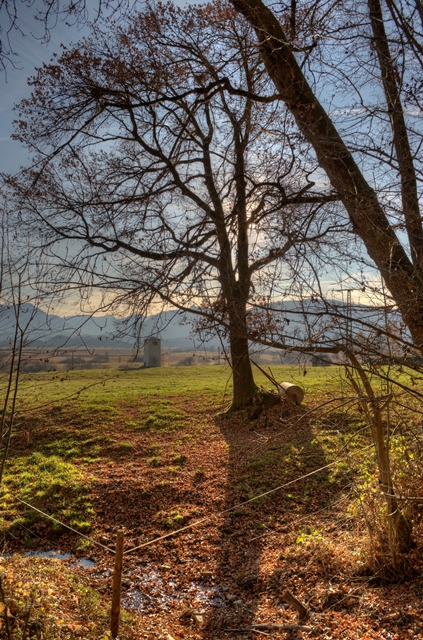
The guys paused to enjoy the sun and the view before heading back into town.


We stop at the playground for a quick break.

But most importantly, ice cream!


After a few covert SMS's to our hostess to let her know the ETA, we finally make it back to find a wonderful feast and many friends.

They made great use of the covered pool in the backyard - using it as a party area!


A wonderful afternoon hike through the woods and fields, followed by a great night with friends!
 Herr J ...
Herr J ...  4 Comments
4 Comments 








